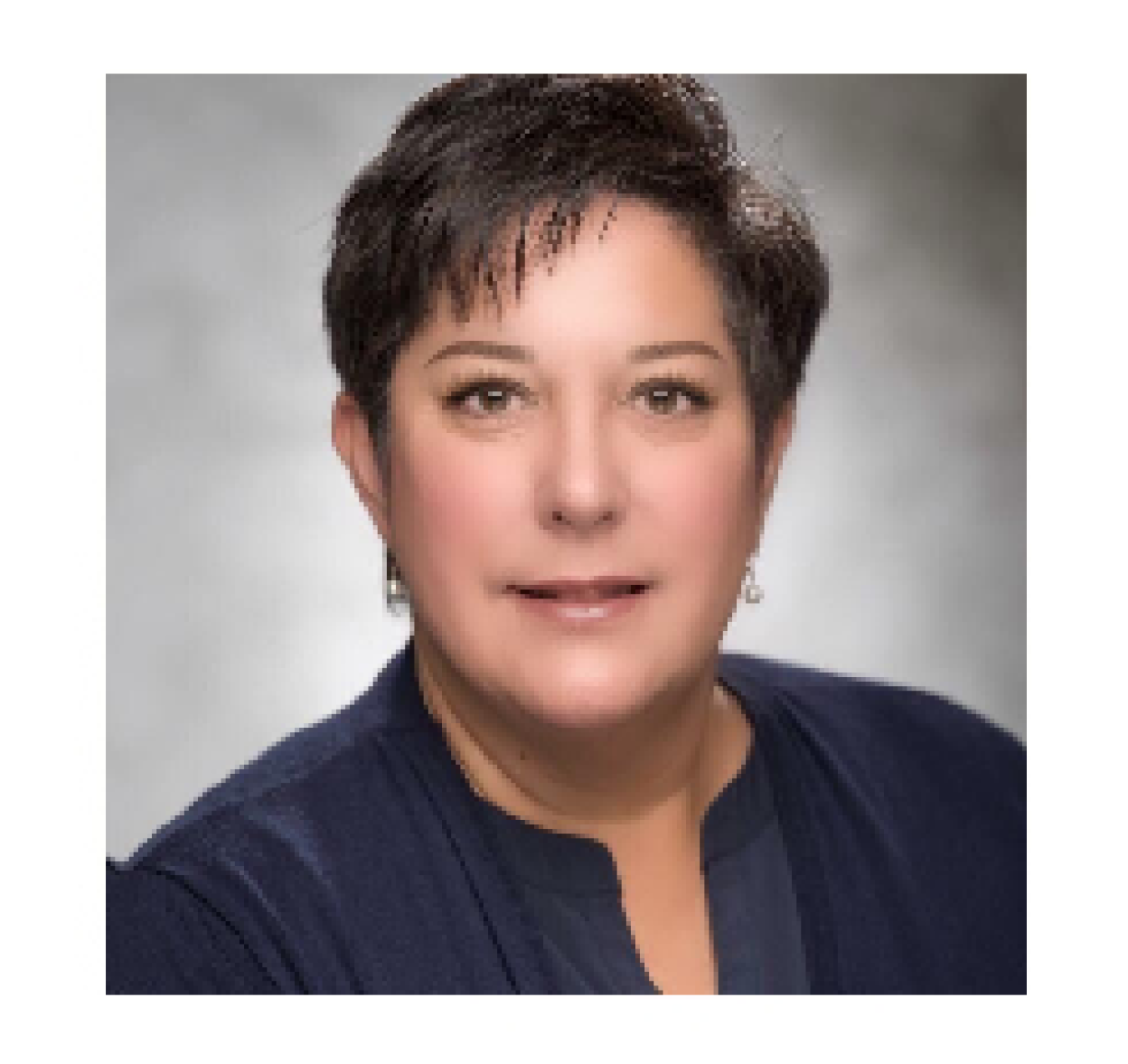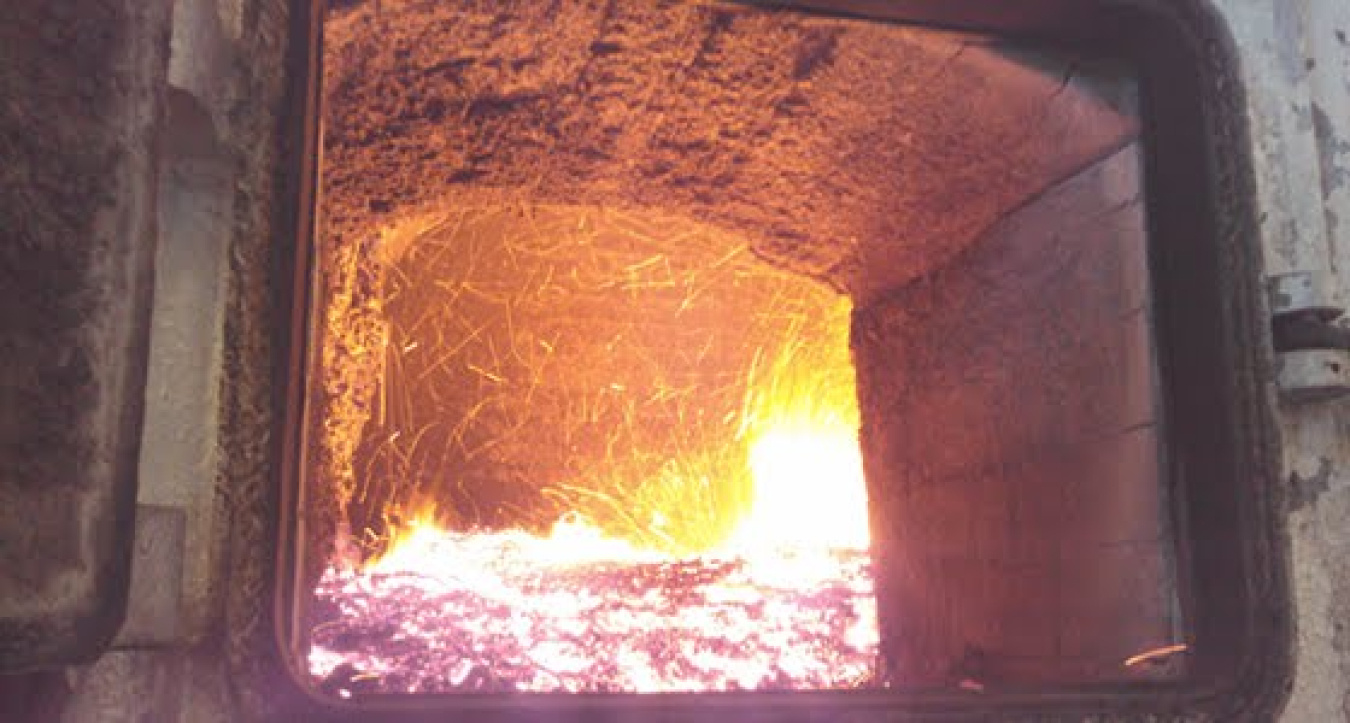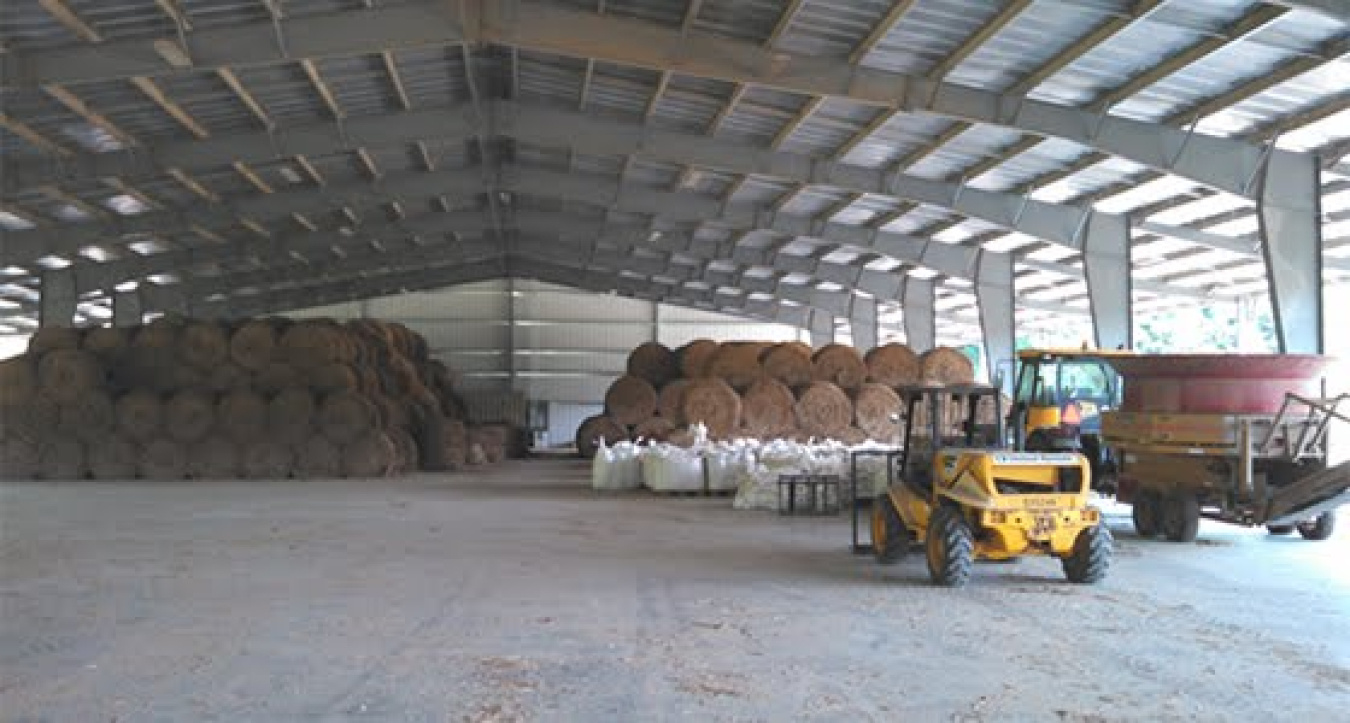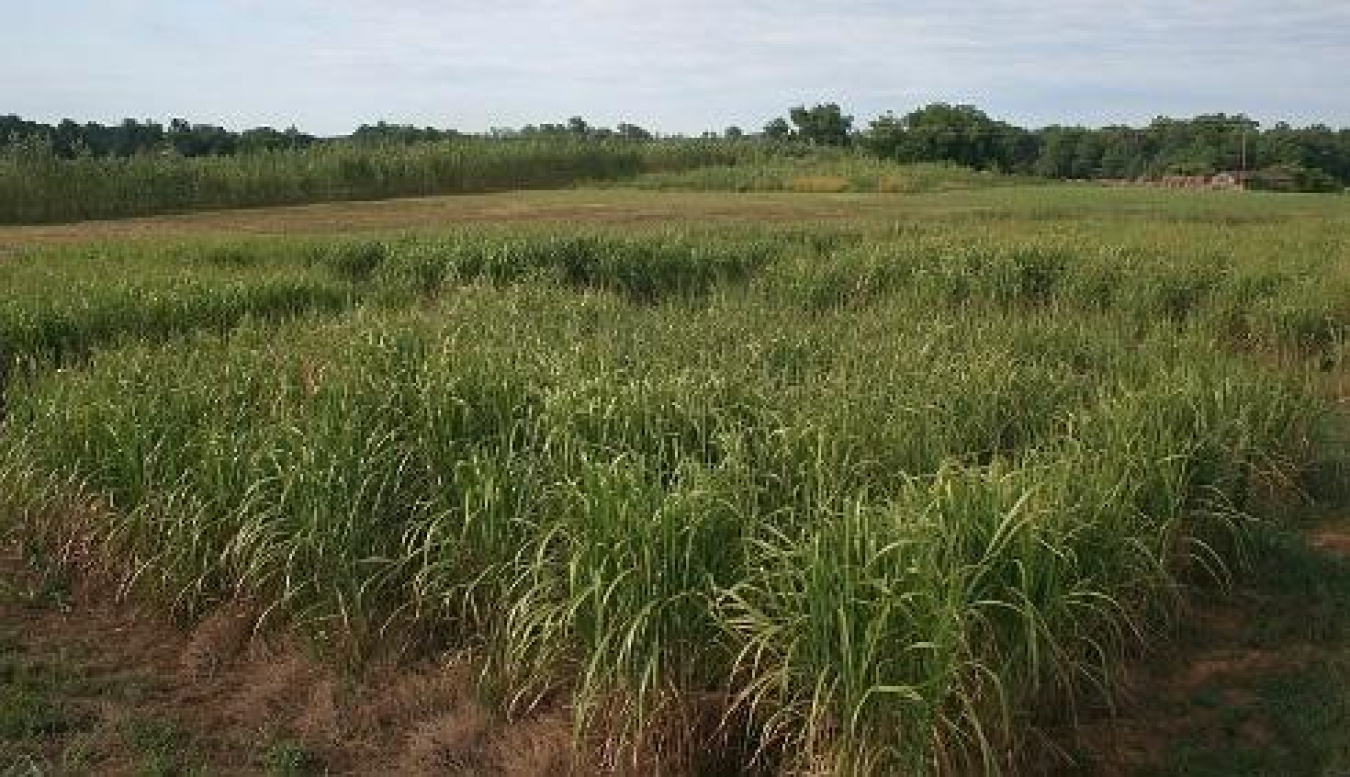Bioprose Blog: Farm to Fuel: Biomass Feeds into Virginia’s Rural Economy
August 22, 2017Growing Bioeconomy Markets: Farm-to-Fuel in Southside Virginia

Author: Valerie Sarisky-Reed, Director, Bioenergy Technologies Office
Read Valerie's bio ►
Meet the other bloggers ►
Return to Bioprose blog ►
Bioprose Blog
Biomass has the potential to supply a significant portion of America's growing energy needs while increasing energy independence, diversifying sources of domestic revenue, and adding over a million jobs to the workforce. Rural communities are uniquely positioned to benefit from this industry. Farmers would gain valuable new markets for their products, which would feed into the local energy infrastructure, providing heat, power, and fuels to nearby communities. So is it possible to turn this vision into reality? Virginia thinks so.
In Southside Virginia, a perennial energy crop industry is taking root in and around Nottoway County thanks to a partnership between Virginia Tech’s Conservation Management Institute, FDC Enterprises Inc., the Virginia Tobacco Indemnification and Community Revitalization Commission (VTICRC), local landowners, and Piedmont Geriatric Hospital (PGH). For several decades, the hospital heated their facility with sawdust sourced from local mills. However, as the price of fuel oil increased and the quality and availability of sawdust began to wane during winter months, PGH was interested in finding a more sustainable alternative. Their solution brought considerable cost savings to the Commonwealth of Virginia—$43,000 a year—and enhanced key ecosystem services in the surrounding county.

The boiler at the Piedmont Geriatric Hospital is now fueled with switchgrass, producing steam to heat the facility and saving the hospital $1300 a day compared to heating oil.
Beginning in 2006, PGH began experimenting with using processed warm-season grasses as part of their boiler’s solid feedstock mix. Their efforts paid off, with the staff observing steam output even greater than anticipated. During these runs, PGH also saw a significant cost reduction. What’s more, this cost was fixed—meaning that, unlike with other fuel sources, there were no surprise price jumps. These successful tests marked the beginning of the cooperative farm-to-fuel venture between FDC, PGH, and the VTICRC to establish a network of local landowners who would grow dedicated biofuel crops and build a permanent processing, storage, and distribution center within Nottoway County lines to deliver high-quality, boiler-ready feedstock. And so, a market for switchgrass grown by Virginia farmers was born.

FDC Enterprises, perennial grass biomass processing facility near Fort Pickett, Virginia.
Expanding acres of perennial land cover within these communities has also helped meet some of the county’s environmental goals. Perennial grasses have extensive root systems—some reaching depths of 14 feet. These roots hold in the soil, preventing erosion and buffering pollutants from entering nearby waterways. In areas that fall within the Chesapeake Bay watershed, bioenergy production could synergize with efforts to reduce nutrient loading and sediment pollution. Wild grasses also feed and provide habitat to native birds and pollinators—many of which are threatened or endangered.

The collaboration between FDC, PGH, and others helped create a new market for energy crops, like switchgrass in Virginia.
Moving forward, FDC plans to expand their efforts in the area, helping farmers integrate perennial energy crops onto their land and find new markets for their products. In 2015, The Antares Group Inc., in partnership with FDC, received $9 million from the U.S. Department of Energy’s Bioenergy Technologies Office to develop sustainable landscape design practices that would enable the strategic integration of perennial grasses into existing agricultural landscapes.
Saving Virginia taxpayers nearly $1,300 a day, all while providing farmers with a new cash crop and enhancing the environmental profile of the local community, is a win-win-win. The Virginia Department of Environment Quality think this collaboration is a winner as well and awarded the team the Governor’s Environmental Excellence Gold Medal in 2017. The incredible effort of this collaborative team represents a major success for the bioeconomy and demonstrates the tremendous potential of our nation’s abundant biomass resources.
Shannon Zaret and Joe Pomerening contributed to this article.
Valerie Sarisky-Reed

Valerie Sarisky-Reed is the director of the Bioenergy Technologies Office (BETO) in the Office of Critical Minerals and Energy Innovation (CMEI). In this role, she manages efforts to improve performance, lower costs, and accelerate market entry of bioenergy technologies. She assists in overseeing strategic planning to meet aggressive goals covered by the BETO research and development budget of approximately $250M annually, working with the U.S. Department of Energy's (DOE) national laboratories, academia, and industry.
Sarisky-Reed has more than 30 years of experience in addressing energy and environmental topics faced by the United States and globally. In addition to her programmatic activities, she is a founding member of the Metabolic Engineering Working Group, chartered by the Biotechnology Research Subcommittee, an inter-agency coordinating committee under the Office of Science and Technology Policy.
She also spent two years serving the chief scientist at the U.S. Department of Agriculture, helping to build bridges between DOE and the U.S. Department of Agriculture in support of the bioeconomy. As acting director for EERE's Wind Energy Technologies Office, she enabled the development of the most recent Multi-Year Program Plan, which focused heavily on bringing offshore wind to the United States.
The Bioenergy Technologies Office current focus areas include scaling up renewable hydrocarbon fuel technologies with an emphasis on SAF and on the recycle and upcycle of plastics through DOE’s Plastics Innovation Challenge, which aims to reduce ocean-bound plastic waste.
Sarisky-Reed holds a Ph.D. in biochemistry from Georgetown University and is a graduate of the U.S. Department of Commerce’s Senior Executive Service Career Development Program.


